Birds are often admired for their beauty, grace, and the enchanting songs they sing. However, not all birds are harmless. Some are incredibly dangerous, capable of causing harm with their powerful beaks, sharp talons, or even toxic substances. In this article, we will explore the deadliest birds in the world, detailing their unique traits, how they pose a threat, and why they should be respected from a safe distance.
Before diving into the list of the deadliest birds, it's important to understand what makes certain birds more dangerous than others. Birds can be dangerous in several ways:
Sharp Talons: Many birds of prey, such as eagles and hawks, have powerful talons that allow them to catch and kill prey. These talons can cause serious injuries if a human comes too close.
Strong Beaks: Birds with powerful, sharp beaks can inflict painful bites. Some species, like parrots, can even break bones with their beaks.
Size and Speed: Larger birds, especially flightless ones like ostriches or emus, can be a danger due to their size and speed. They can run at high speeds and kick with immense force.
Aggression: Some birds, particularly during breeding seasons, are very territorial and can become aggressive towards perceived threats.
Now, let's take a look at some of the deadliest birds in the world.
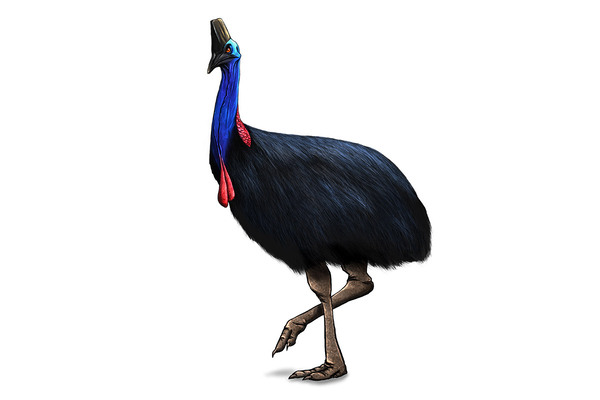
Why It's Dangerous: The cassowary, often considered the most dangerous bird on the planet, is a large, flightless bird native to northern Australia, New Guinea, and nearby islands. It can stand over 6 feet tall and weigh up to 130 pounds. What makes the cassowary so dangerous is its powerful legs and sharp claws. It has a 5-inch long claw on each foot that it can use to deliver fatal kicks. Cassowaries have been known to attack humans who venture too close to their territory.
How It Kills: The cassowary uses its powerful legs to kick at threats, which can include humans or other animals. The bird can run at speeds of up to 30 miles per hour, making it a fast and formidable opponent. A well-placed kick can cause severe trauma or even death.
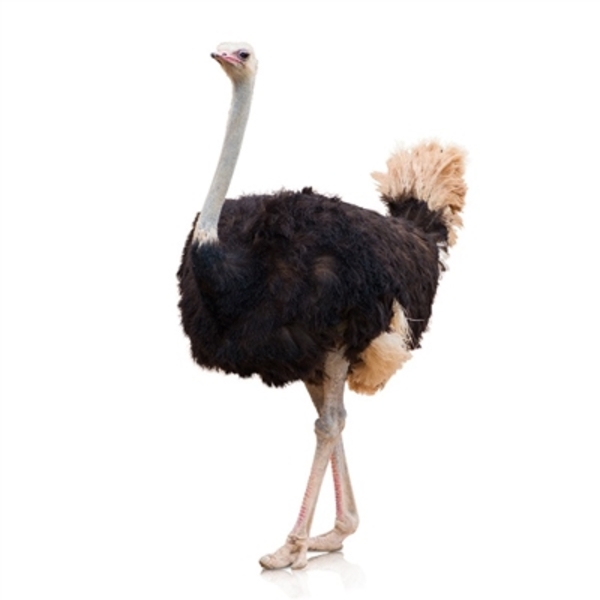
Why It's Dangerous: The ostrich is the world’s largest bird and can weigh up to 350 pounds. Despite its size, the ostrich is a fast runner, capable of reaching speeds up to 45 miles per hour. They can also deliver powerful kicks with their long legs, capable of killing a lion or a human if struck in the right place.
How It Kills: Ostriches primarily use their legs to defend themselves, delivering fatal kicks to anyone who threatens them. Their sharp talons can also cause serious injury.
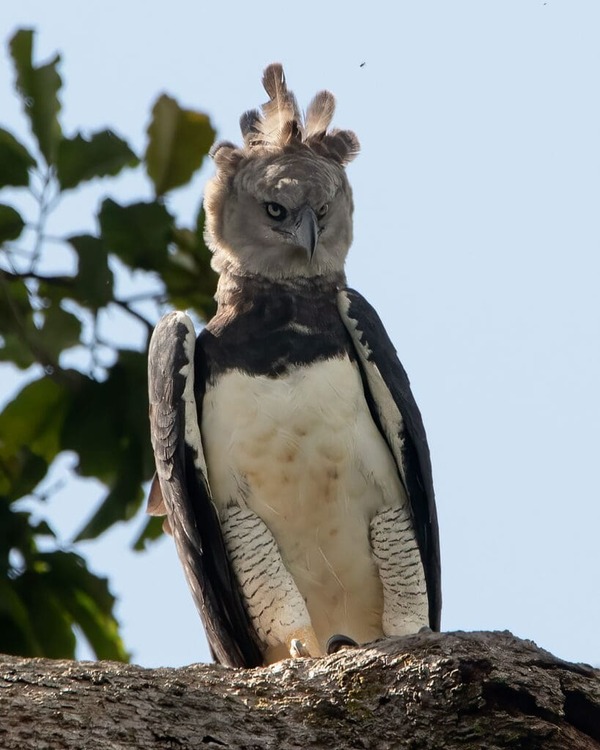
Why It's Dangerous: The harpy eagle is one of the largest and most powerful eagles in the world, native to the tropical rainforests of Central and South America. It has talons that are larger than a grizzly bear’s claws and can exert immense force. Known for its strength and agility, the harpy eagle is capable of hunting prey as large as monkeys and sloths.
How It Kills: With its powerful beak and talons, the harpy eagle swoops down on its prey, grabbing it with its sharp claws. The bird’s prey is typically snatched from trees, and the harpy eagle will use its talons to tear apart its catch before devouring it.
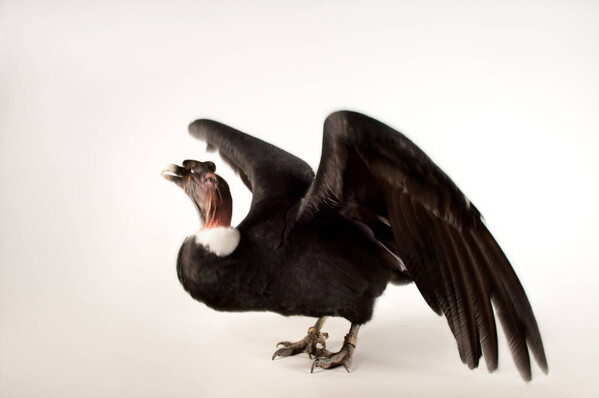
Why It's Dangerous: While the Andean condor isn't aggressive by nature, it can be dangerous due to its size and the sharpness of its beak. This bird is one of the largest flying birds in the world, with a wingspan that can reach up to 10 feet. Native to South America, it’s known for its scavenging habits.
How It Kills: While not typically a hunter, the Andean condor’s beak is sharp enough to tear through tough animal hides. It can also inflict serious injuries with its powerful talons when defending itself.

Why It's Dangerous: Native to sub-Saharan Africa, the secretary bird is a large, long-legged bird of prey that specializes in hunting snakes, lizards, and insects. What makes it so dangerous is its ability to strike with lightning speed. The secretary bird uses its strong legs to deliver precise and powerful kicks to its prey, which it often does in mid-air.
How It Kills: The secretary bird’s primary method of hunting is by stomping on its prey. With a swift and powerful kick, it can crush the bones or skulls of snakes and small mammals. Its ability to kill venomous snakes makes it particularly feared.
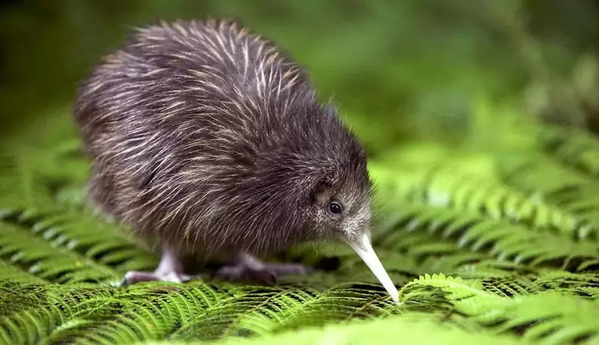
Why It's Dangerous: While the kiwi is a small, flightless bird native to New Zealand, it can still pose a danger, particularly in terms of its territorial behavior. The kiwi has sharp claws and a strong beak that it uses to forage and defend itself.
How It Kills: Kiwis don’t typically kill large prey, but they are known to defend themselves aggressively. If threatened, they may use their sharp claws to scratch and strike.
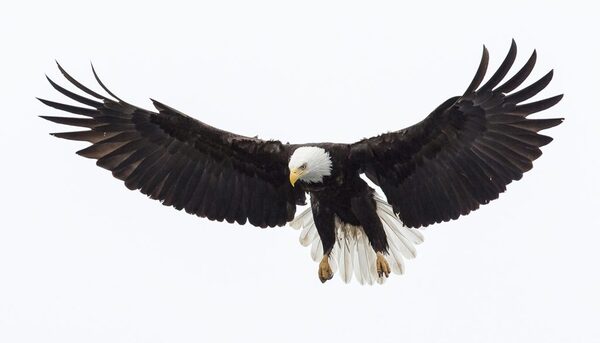
Why It's Dangerous: The bald eagle, the national bird of the United States, is an apex predator. Known for its sharp talons and powerful beak, this bird of prey is capable of hunting a variety of animals, including fish, small mammals, and even other birds.
How It Kills: The bald eagle uses its sharp talons to grab its prey from the water or air. With a swift, decisive strike, it can pierce the flesh of its prey and carry it away for a meal.
While many of the deadliest birds are not commonly encountered by humans, it’s important to respect their power and avoid getting too close. These birds are an essential part of their ecosystems, and their dangerous traits are often developed as survival mechanisms. Whether it's the kick of an ostrich, the sharp talons of a harpy eagle, or the speed and strength of a cassowary, these birds deserve our admiration and caution.
If you find yourself in an area where these birds are found, it’s best to observe them from a safe distance. Never attempt to approach or interact with these birds, as their aggression can be deadly. Understanding their behavior and respecting their space will help ensure both your safety and the safety of the birds themselves.
Here is a comparison table of the deadliest birds mentioned, highlighting key characteristics like size, aggression, and threat level:
| Bird | Size | Top Speed | Weapon | Dangerous Features | Habitat | Conservation Status |
|---|---|---|---|---|---|---|
| Cassowary | 6 ft (1.8 m), 130 lbs (59 kg) | 30 mph (48 km/h) | 5-inch claws (foot) | Powerful kicks, territorial aggression | Australia, New Guinea | Vulnerable |
| Bald Eagle | 3 ft (0.9 m), 7-14 lbs (3-6 kg) | 40 mph (64 km/h) | Sharp talons and beak | Strong talons for hunting, attacks on prey | North America | Least Concern |
| Ostrich | 9 ft (2.7 m), 350 lbs (160 kg) | 45 mph (72 km/h) | Strong legs and claws | Powerful kicks, can run at high speeds | Africa | Least Concern |
| Harpy Eagle | 2.6 ft (0.8 m), 20 lbs (9 kg) | 50 mph (80 km/h) | Talons up to 5 inches | Strong talons, powerful predator | Central/South America | Near Threatened |
| Andean Condor | 4.3 ft (1.3 m) tall, wingspan up to 10 ft (3 m) | 55 mph (89 km/h) | Sharp beak and talons | Scavenger, sharp beak for tearing flesh | South America | Near Threatened |
| Secretary Bird | 4.6 ft (1.4 m), 4-5 lbs (2-2.5 kg) | 30 mph (48 km/h) | Powerful legs for kicking | Kicks with great precision, kills snakes | Sub-Saharan Africa | Least Concern |
| Kiwi | 1.5 ft (0.45 m), 2-3 lbs (0.9-1.3 kg) | 20 mph (32 km/h) | Sharp claws and beak | Territorial, aggressive defense behaviors | New Zealand | Vulnerable |
Size: The Ostrich is by far the largest and heaviest bird, followed by the Cassowary and Andean Condor with their impressive sizes and wingspans. The Secretary Bird and Kiwi are smaller in comparison.
Speed: The Ostrich holds the title for speed on land, with a top speed of 45 mph. The Andean Condor and Bald Eagle are fast flyers, reaching speeds of 55 mph and 40 mph, respectively.
Weapons: While the Cassowary and Secretary Bird rely on powerful kicks, the Harpy Eagle, Bald Eagle, and Andean Condor use their talons and beaks. The Kiwi uses sharp claws and a beak for defense, though it is smaller and not typically lethal.
Aggression: The Cassowary and Secretary Bird are known for their territorial aggression, with the Cassowary being the most deadly due to its kicks. The Ostrich can also be aggressive, particularly when threatened.
Conservation Status: Most of the birds in this list are not currently endangered, though the Cassowary and Kiwi are classified as vulnerable or near threatened due to habitat loss and other environmental factors.
Each of these birds has developed unique traits to survive in their environments, from powerful kicks to sharp talons, making them formidable predators or defenders of their territory.
animal tags: birds
We created this article in conjunction with AI technology, then made sure it was fact-checked and edited by a Animals Top editor.